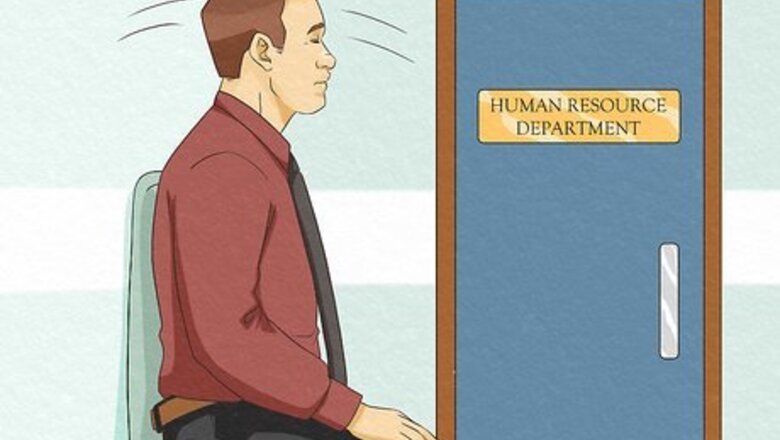
views
- Rocking back and forth is a perfectly normal and harmless self-soothing behavior that’s often a reaction to stressful or overstimulating environments.
- If you have a mental disorder (like anxiety, depression, or ADHD), you may be more prone to rocking.
- Use other self-soothing techniques and talk to a therapist to help manage or stop rocking behaviour.
Why do people rock back and forth?

More often than not, people rock back and forth to comfort themselves. The pendulum-like motion is a way to soothe one’s self. Most people don’t even realize they’re rocking—it’s a subconscious action. You might find yourself or others rocking to and fro in stressful or upsetting situations. The rocking may happen when you’re sitting down or standing up. Basically, it’s a coping mechanism to help regulate your nervous system, ease your emotions, and provide comfort. Similarly, this is why people rock their babies when they’re upset. Studies show that a back-and-forth motion helps stimulate vestibular senses, helping the brain manage pain and stress. Think of rocking back and forth like a hug. The motion cradles you and makes you feel calm in even the most tense situations. Rocking behavior is linked to feelings of stress, anxiety, and fear, and isn’t always a sign of mental illness. Even so, if you notice yourself rocking more than usual, it may be a sign to ask yourself how you feel inside and out.
What conditions cause rocking back and forth?

ADD/ADHD If you have ADD or ADHD, you’re more prone to fidgeting and may rock back and forth to regulate your emotions. Being in an overstimulating environment can be distracting for you, and rocking can help you feel calm.
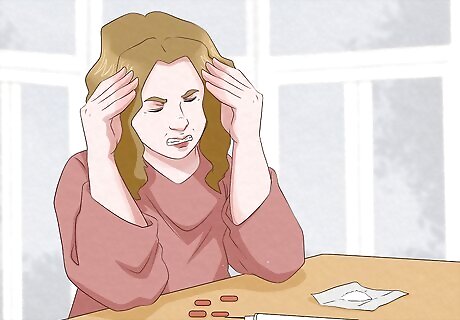
Addiction or substance abuse If you’re struggling with addiction, you might be more likely to sway back and forth to ease jitters caused by drugs. For instance, if you’re addicted to methamphetamines, you may rock uncontrollably as erratic movements are often a side effect of meth. This symptom can persist throughout recovery as your body learns to function without the drug.
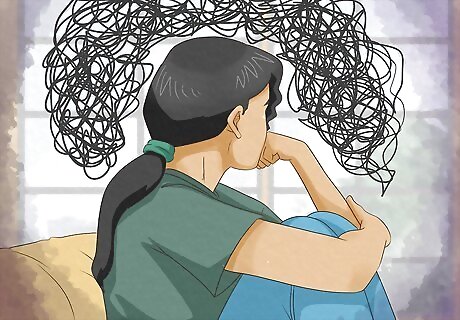
Anxiety disorders If you have anxiety, you may rock back and forth to ease your fears. Your anxiety may make it difficult to concentrate, and some believe that rocking can help you focus. Along with this, rocking has been proven to be a self-soothing technique, which can help ease your thoughts in fearful or disorienting situations.
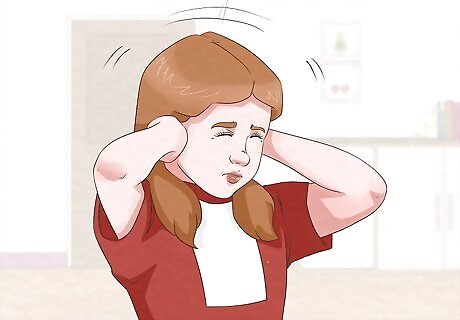
Autism If you’re on the autism spectrum, you may rock back and forth to soothe yourself. This behavior is called stimming (a self-stimulating, repetitive behavior used to reduce or gain sensory input). You might rock, flap your hands, or spin to feel more involved or grounded in your environment.
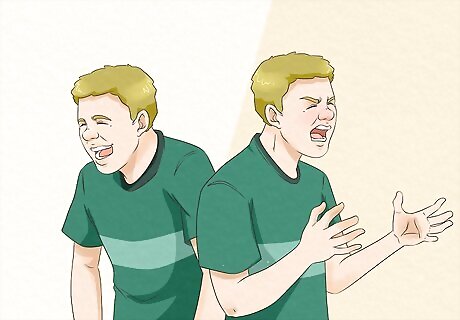
Bipolar disorder If you have bipolar disorder, you may be more prone to rocking. Bipolar disorder causes bursts of extreme happiness and sadness. During a depressive episode, you may feel agitated and restless. Because of this, you might start rocking back and forth to help soothe yourself.
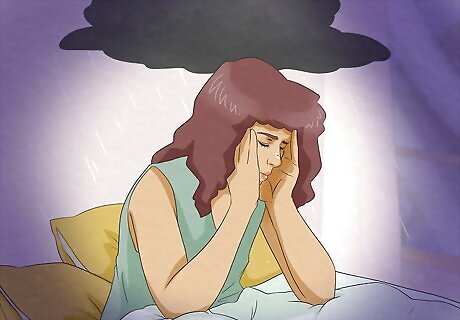
Depression If you struggle with depression, you might be rocking more often than most. Persistent feelings of sadness can put stress on your body, and rocking can be your body’s coping mechanism.
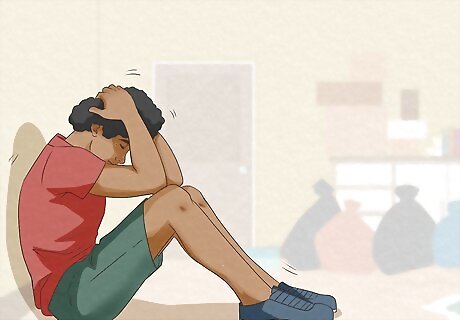
OCD If you have obsessive-compulsive disorder (OCD), you could be rocking out of habit. The compulsion or need to rock back and forth is grand and may even become an obsession. The rocking might start as a reaction to a separate compulsive thought or fear before becoming its own.
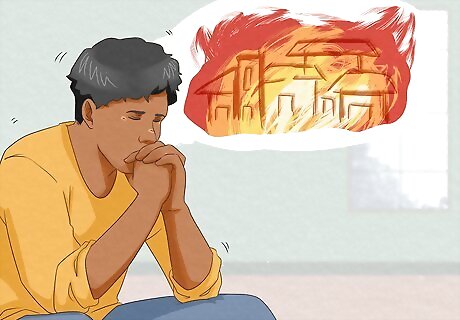
PTSD If you have post-traumatic stress disorder (PTSD), you may be more prone to rocking. You’ve likely experienced something traumatic and may struggle with flashbacks or nightmares because of it. Rocking back and forth maybe your body’s way to cope and calm anxieties, nerves, and fears.
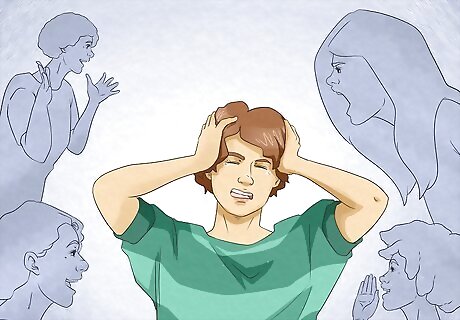
Schizophrenia If you have schizophrenia, you may rock back and forth more often than most. You may be out of touch with reality and experience upsetting emotions or illusions. The repetitive motion of rocking back and forth may help you cope with dissociative feelings.
How to Stop Rocking Back and Forth
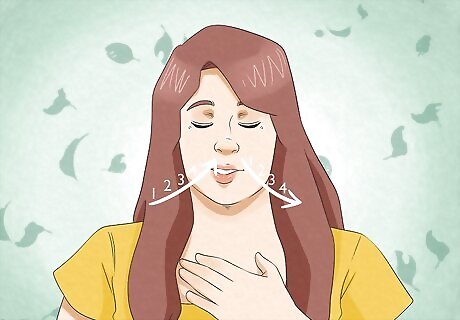
Learn other self-soothing techniques. If you’re rocking back and forth because you’re stressed or anxious, try using other coping mechanisms to help ease your worries. Here are some great techniques you can try: Take a few slow deep breaths. Breathe in for a count of 4, then exhale for a count of 4. Picture a white light on the top of your head. Then, imagine this light traveling down throughout your body, washing away any and all stress. Focus on 5 things you can see, 4 things you can touch, 3 things you can hear, 2 things you can smell, and 1 thing you can taste. Spend a few minutes sitting with your pet (if you have one). Pet their coat and focus on their unique markings.
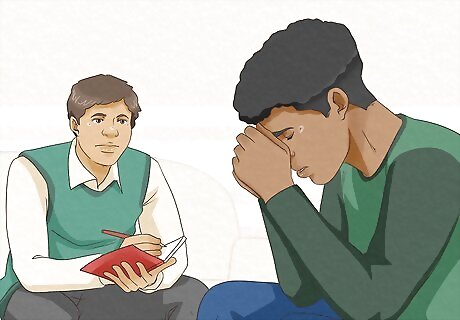
Talk to a therapist for help. There’s nothing wrong with seeking extra guidance, especially if you’re struggling mentally. A therapist can offer you personal advice as to why you might be rocking and be able to provide individualized care. Look into online therapy platforms to get help just about anywhere! Talkspace and Brightside are excellent resources that provide online therapy at affordable prices. In some cases, a therapist may recommend seeing a psychiatrist so you can receive medication to help ease mental health symptoms related to anxiety, ADHD, bipolar disorder, etc. EXPERT TIP Asa Don Brown, PhD, DNCCM, FAAETS Asa Don Brown, PhD, DNCCM, FAAETS Clinical Psychologist Dr. Asa Don Brown is a Clinical Psychologist with over 25 years of experience. He specializes in working with families, children, and couples, treating a variety of psychological disorders, trauma, and abuse. Dr. Brown has specialized in negotiation and profiling. He is also a prolific author having published three books and numerous articles in magazines, journals, and popular publications. Dr. Brown earned a BS in Theology and Religion with a minor in Marketing and an MS in Counseling with a specialization in Marriage and Family from The University of Great Falls. Furthermore, he received a PhD in Psychology with a specialization in Clinical Psychology from Capella University. He is also a candidate for a Masters of Liberal Arts through Harvard University. Dr. Brown is a Fellow of the American Academy of Experts in Traumatic Stress and a Diplomate for the National Center for Crisis Management and continues to serve a number of psychological and scientific boards. Asa Don Brown, PhD, DNCCM, FAAETS Asa Don Brown, PhD, DNCCM, FAAETS Clinical Psychologist Rocking back and forth can naturally help us feel calmer. When stressed or uncomfortable, rocking releases endorphins, which ease pain and boost mood. This common, unconscious behavior demonstrates the body's built-in mechanisms for self-soothing. By decreasing stress and increasing comfort, rocking helps us regulate emotions during times of distress.



















Comments
0 comment